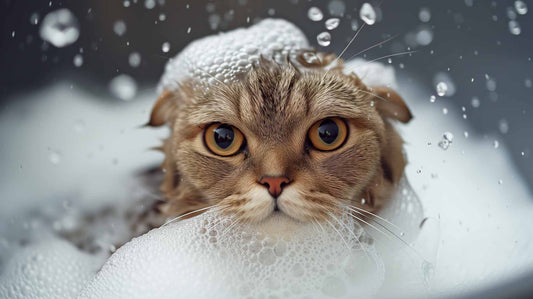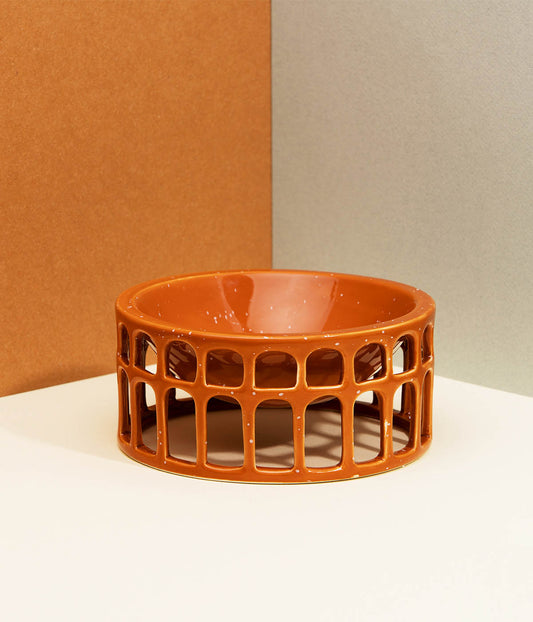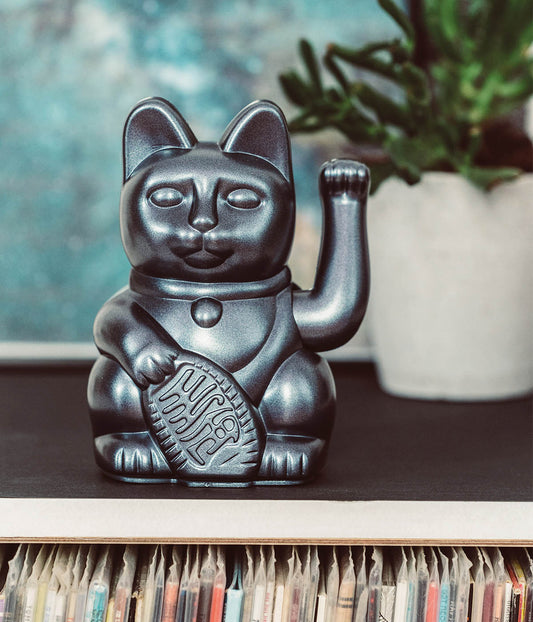
First Aid for your Cat
Marie DuchessAs a responsible cat owner, it's important to be prepared for any emergencies that may arise. Knowing how to administer first aid to your cat can make a significant difference in their recovery and overall well-being. In this blog post, we will discuss the essentials you need to know about common cat injuries and how to treat them. Additionally, we will list first aid measures for severe injuries that you can take before a vet arrives.
What are the common cat injuries?
Cats are curious creatures, and accidents can happen even in the safest of environments. Some common cat injuries include:
- Cuts and wounds
- Bites
- Burns
- Fractures
- Eye injuries
- Poisoning
How to treat common cat injuries?
While it's crucial to seek veterinary care for your cat as soon as possible, there are some first aid measures you can take to alleviate their pain and prevent further complications:
Cuts and wounds
If your cat has a cut or wound, gently clean the area with mild soap and warm water. Apply an antiseptic solution and cover the wound with a clean bandage or sterile gauze. Keep an eye on the wound for signs of infection, such as redness, swelling, or discharge.
Bites
If your cat has been bitten, clean the wound with mild soap and warm water. Apply an antiseptic solution and monitor the area for any signs of infection. Bites from other animals can be particularly dangerous, so it's crucial to seek veterinary care promptly.
Burns
If your cat has suffered a burn, flush the affected area with cool water for at least 10 minutes. Do not apply ice or any ointments. Cover the burn with a clean, non-stick bandage and seek veterinary attention.
Fractures
If you suspect your cat has a fracture, handle them gently and avoid putting pressure on the injured limb. Use a makeshift splint, such as a rolled-up newspaper or a sturdy piece of cardboard, to immobilize the limb. Transport your cat to the vet immediately.
Eye injuries
If your cat has an eye injury, do not attempt to treat it yourself. Cover the eye with a clean, damp cloth and seek immediate veterinary care. Eye injuries can lead to permanent damage if not treated promptly and correctly.
Poisoning
If you suspect your cat has ingested a toxic substance, contact your vet or a pet poison helpline immediately. Do not induce vomiting unless instructed to do so by a professional. Keep the packaging or any relevant information about the substance for reference.
First aid measures for severe injuries
In some cases, your cat may experience severe injuries that require immediate attention before you can reach a vet. Here are some first aid measures you can take:
Severe bleeding
If your cat is bleeding profusely, apply direct pressure to the wound using a clean cloth or gauze. Maintain pressure until the bleeding stops or until you can reach a veterinary professional.
Difficulty breathing
If your cat is having trouble breathing, ensure they have a clear airway. Remove any obstructions, such as debris or foreign objects, from their mouth or nose. If necessary, perform rescue breathing by gently blowing into their nostrils while covering their mouth.
Cardiopulmonary resuscitation (CPR)
In rare cases, your cat may experience cardiac arrest. If you are trained in pet CPR, you can perform chest compressions and rescue breathing to try and revive them. However, it's essential to seek veterinary care as soon as possible.
Remember, while these first aid measures can be helpful in emergency situations, they are not a substitute for professional veterinary care. Always consult with a veterinarian for proper diagnosis and treatment of your cat's injuries.













